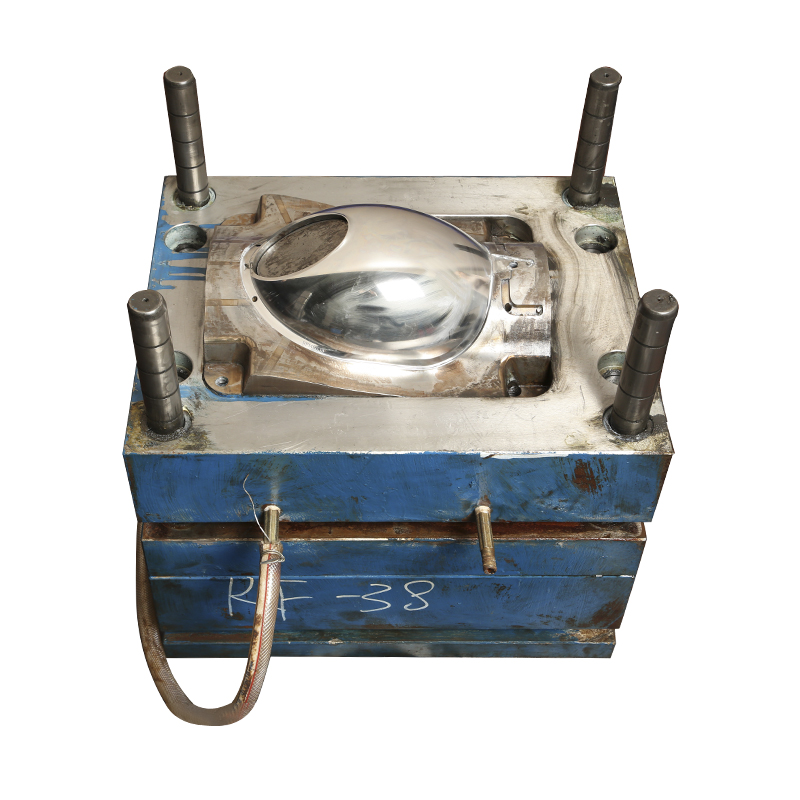In the medical device industry, precision, reliability, and safety are paramount. As the demand for high-quality medical products continues to rise, manufacturers are increasingly turning to plastic injection molding as a preferred method for producing medical components. This article explores the benefits of using high-quality medical plastic injection molding, the types of materials involved, and the critical considerations for ensuring optimal results.
Advantages of Plastic Injection Molding in Medical Applications
Plastic injection molding offers numerous advantages that make it an ideal choice for manufacturing medical devices:
Precision and Accuracy: One of the standout features of plastic injection molding is its ability to produce highly precise components. The process allows for tight tolerances, which is crucial in the medical field where even minor deviations can lead to significant consequences. Advanced machinery and tooling technologies ensure that each part is manufactured to exact specifications.
Consistency and Quality: The injection molding process yields consistent results across large production runs. Each molded part exhibits near-perfect similarity, minimizing variations and defects. This level of consistency is essential in medical applications where quality directly impacts patient safety.
Cost-Effectiveness: Although the initial setup costs for creating molds can be high, plastic injection molding becomes cost-effective when producing large quantities of parts. The ability to produce multiple items simultaneously reduces the cost per unit significantly, making it an economical option for mass production.
Rapid Prototyping: The speed at which prototypes can be developed using plastic injection molding is a significant advantage. Manufacturers can quickly refine designs and test new concepts, allowing for faster time-to-market for innovative medical devices.
Material Versatility: Plastic injection molding supports a wide range of materials, including various medical-grade plastics that meet stringent biocompatibility standards. This versatility enables manufacturers to select materials tailored to specific applications, whether they require flexibility, transparency, or resistance to sterilization processes.
Types of Medical-Grade Plastics Used
The choice of material is critical in medical plastic injection molding. Commonly used materials include:
Polypropylene (PP): Known for its excellent chemical resistance and low density, polypropylene is often used in disposable medical devices such as syringes and containers.
Polycarbonate (PC): This material offers high impact resistance and optical clarity, making it suitable for applications like surgical instruments and housings for medical equipment.
Polyether Ether Ketone (PEEK): PEEK is a high-performance polymer known for its strength and thermal stability. It is commonly used in implantable devices due to its biocompatibility.
Liquid Silicone Rubber (LSR): LSR is ideal for applications requiring flexibility and durability. It is often used in seals, gaskets, and other components that must withstand repeated sterilization cycles.
Selecting the appropriate material involves considering factors such as strength requirements, exposure to chemicals, and compatibility with sterilization methods.
Critical Considerations for Successful Injection Molding
To achieve optimal results with medical plastic injection molding, manufacturers must adhere to several best practices:
Regulatory Compliance: The medical device industry is heavily regulated. Compliance with standards such as ISO 13485 ensures that manufacturers maintain quality management systems that meet international requirements for safety and effectiveness.
Quality Control: Implementing rigorous quality control measures throughout the production process is essential. This includes monitoring raw materials, inspecting molded parts, and conducting regular audits of manufacturing processes to identify potential issues early.
Advanced Technologies: Utilizing advanced technologies such as computer numerical control (CNC) machining and simulation software can enhance precision and efficiency in mold design and production. These tools allow manufacturers to optimize designs before physical production begins.
Process Optimization: Continuous improvement strategies should be employed to refine manufacturing processes. Techniques such as scientific molding help maintain control over critical variables like temperature and pressure during production, ensuring consistent quality across batches.
Collaboration: Effective communication between design engineers, material scientists, and production teams is vital. Early collaboration allows for identifying potential design challenges and optimizing manufacturability while maintaining product integrity.
Conclusion
High-quality medical plastic injection molding plays a crucial role in producing reliable and effective medical devices. Its advantages—such as precision, consistency, cost-effectiveness, rapid prototyping capabilities, and material versatility—make it an indispensable method in the healthcare industry. By adhering to best practices and focusing on regulatory compliance and quality control, manufacturers can ensure they deliver safe and effective products that meet the needs of patients and healthcare providers alike.

.jpg)

.jpg)